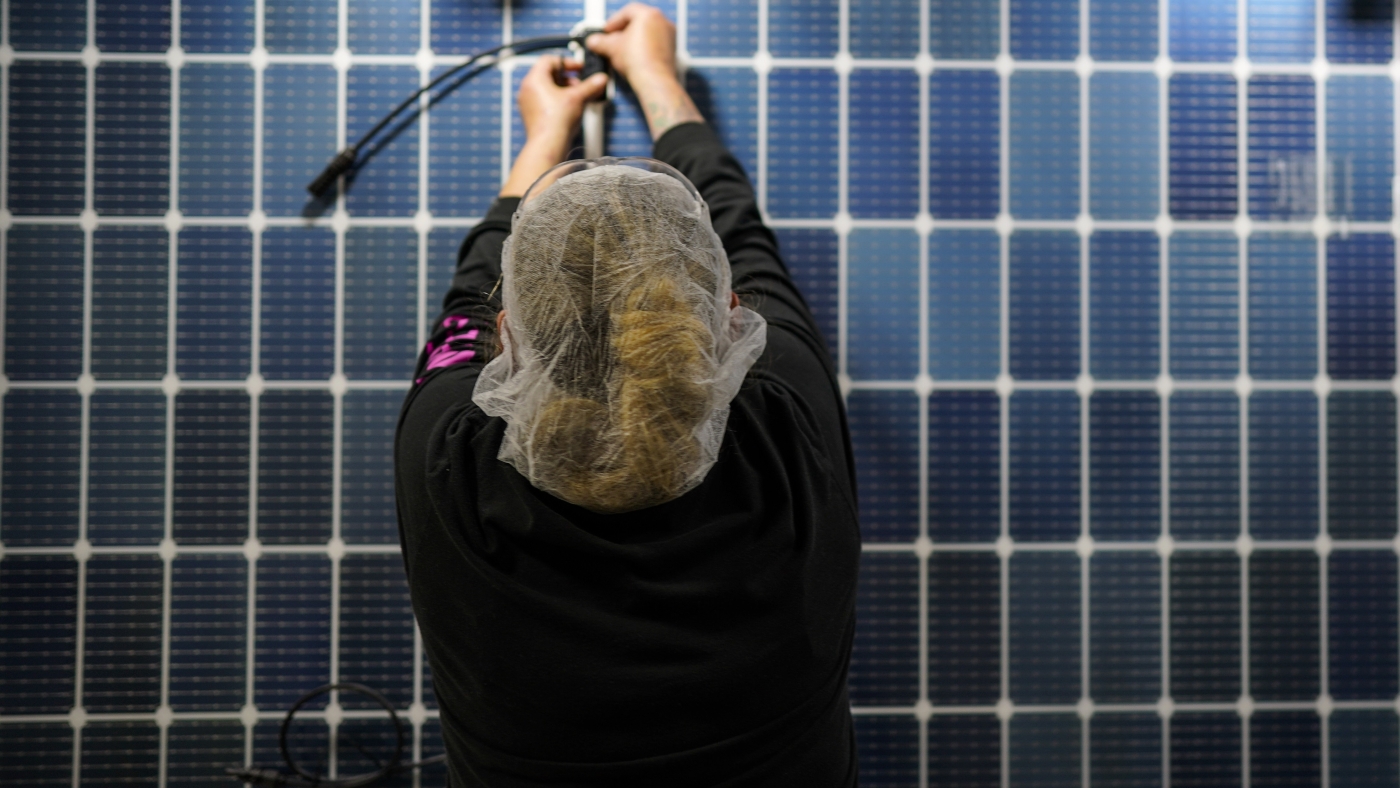WASHINGTON, D.C. – The future of American solar manufacturing hangs in the balance as Congressional Republicans push to eliminate key tax credits that have fueled the industry’s rapid growth. The move could reverse a decade of efforts to bolster domestic production and challenge China’s dominance in the sector.
Immediate Impact
A few years ago, Mick McDaniel launched a solar panel manufacturing company in Indianapolis, buoyed by the promise of the Inflation Reduction Act signed by then-President Joe Biden. The legislation, rich with incentives for clean energy, spurred a surge in investment, with tens of billions flowing into solar factories across the United States.
According to the Solar Energy Industries Association (SEIA), these investments could create nearly 60,000 manufacturing jobs. However, the proposed rollback of tax credits threatens to derail this progress.
Key Details Emerge
At the heart of the issue is a tax-and-spending bill central to President Trump’s second-term agenda. This bill aims to cut incentives encouraging the purchase of American-made solar products, a move that industry executives warn could stifle the burgeoning domestic manufacturing sector.
Since 2022, companies have invested $9.1 billion in U.S. solar factories in operation and another $36.7 billion in facilities under construction or development, according to SEIA.
Industry Response
Industry leaders, including McDaniel, express concern over the potential shift back to low-cost imports from China and Southeast Asia, which could undercut American manufacturers. “Low-cost will once again drive demand,” McDaniel notes, highlighting the competitive disadvantage U.S. companies face without incentives.
Scott Moskowitz, Vice President of Market Strategy at Qcells, emphasizes the importance of these credits. “It’s not a question of whether the country will install solar,” he says. “It’s about where the products will come from.”
By the Numbers
U.S. factories are projected to produce enough solar panels to meet most domestic demand this year, according to SEIA.
What Comes Next
The legislative proposal to phase out tax credits starting next year has sparked a debate about the future of renewable energy in the U.S. Without these incentives, the country could see a reduction in clean-energy projects, increased reliance on natural gas, and higher electricity costs for consumers.
Background Context
Efforts to nurture domestic solar manufacturing date back to tariffs imposed by President Trump in 2018, which aimed to protect American companies from cheaper imports. However, these measures alone were insufficient to meet U.S. demand, leading to the introduction of incentives under the Inflation Reduction Act.
The current push to eliminate these incentives comes as the U.S. solar industry is poised for significant growth. Industry experts warn that rolling back these credits could undermine efforts to establish a competitive U.S. presence in the global solar market.
Expert Analysis
Doug Lewin, an energy consultant in Texas, warns that without tax credits, companies will likely turn to cheaper foreign panels, leaving American manufacturers “stranded.” Craig Lawrence of Energy Transition Ventures predicts a challenging period for the U.S. solar industry but believes it will ultimately recover.
“You’re looking at the lights going out and the air conditioning going off in the hot summer,” warns Heather Reams, President of Citizens for Responsible Energy Solutions.
Regional Implications
The potential policy changes have significant implications for states heavily invested in solar manufacturing. With Congress under pressure to finalize the tax-and-spending bill by July 4, industry stakeholders are racing to influence lawmakers and secure a future for American solar manufacturing.
As the debate continues, the outcome will determine not only the trajectory of the U.S. solar industry but also its role in the global energy landscape.
